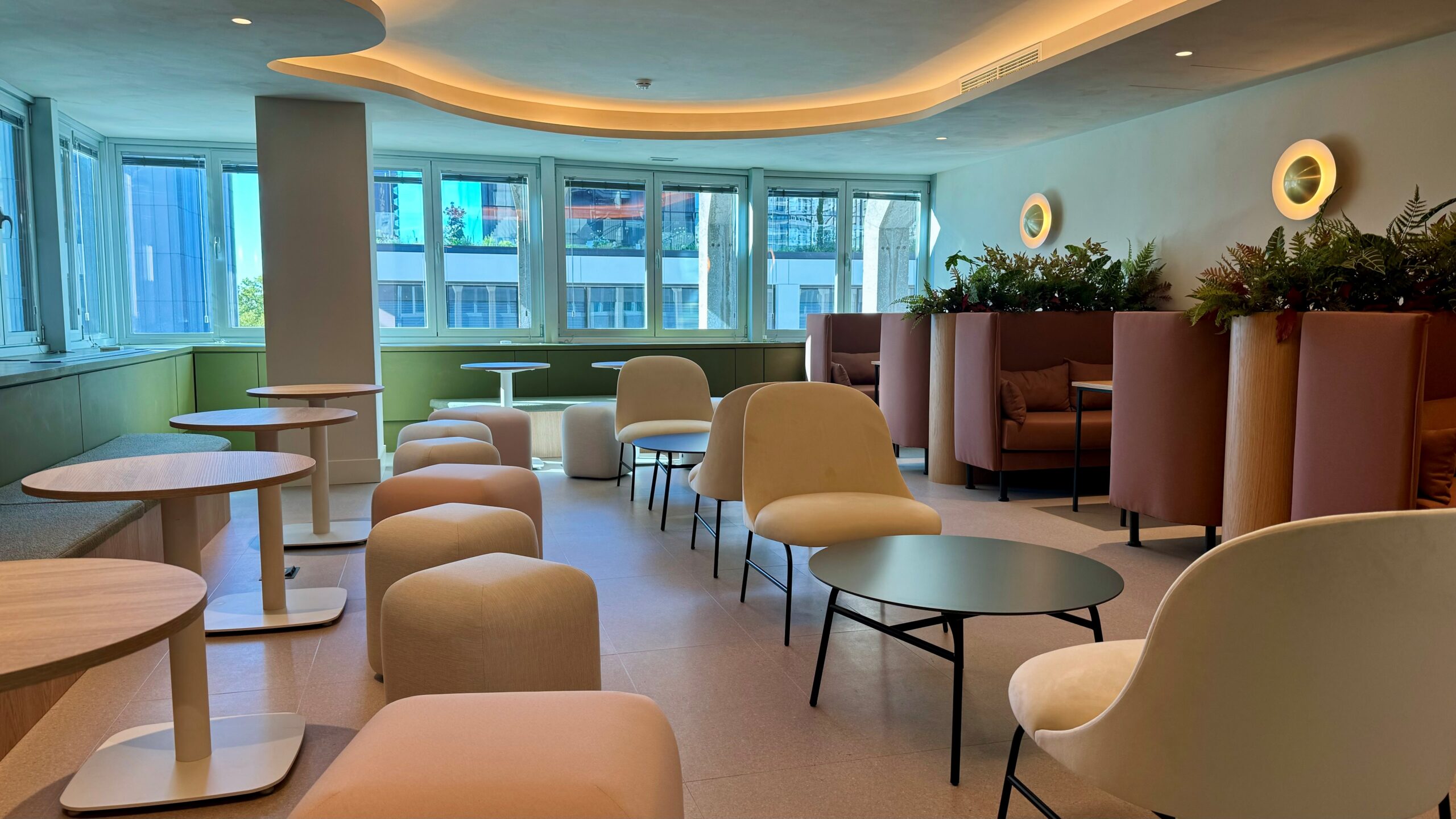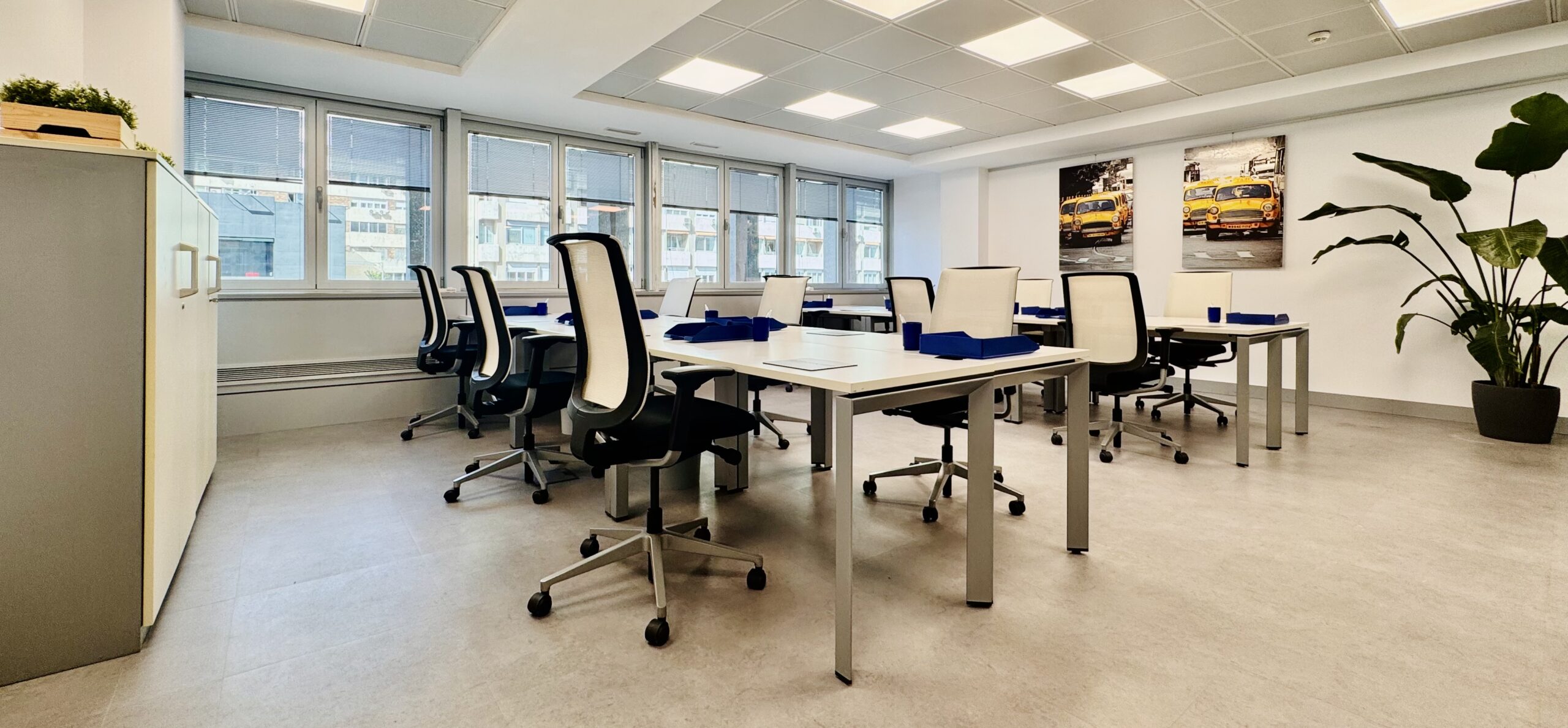Work flexibility provides greater freedom to the employee through a set of measures focused on reconciling personal and family life with work.
The measures can range from setting a flexible schedule, deciding where you prefer to work to establishing fixed and flexible hours.
It is a change in the company’s mentality, which has great advantages as long as it is implemented correctly.
Almost half of Spaniards prefer work flexibility over salary, according to a study by HP. And no wonder. The possibility for workers to make their working hours more flexible would allow them to improve their conditions, improve work-life balance and, therefore, improve productivity.

For this model of labor flexibility to be effective, collaboration between the worker and the employer is necessary, since the ultimate goal is to promote a better work-life balance and improve productivity.
It has been shown that a good work environment, with a good work-life balance, keeps the worker’s satisfaction levels high and thus their productivity.
How to develop an effective flexible work model?
For this flexible schedule model to work, a series of measures must be carried out:
1. Prioritize tasks and objectives. By working 8 fixed hours each day, workers must know what objectives they must achieve and how much time they have. This provides employees with greater freedom of organization but also of control, as they are subject to working time.
2. Defined and fixed tasks. All workers must be perfectly aware of the fixed and unforeseen tasks that they must solve throughout the day. As we talked about in previous articles, tools such as Wunderlist or Trello can help you clearly understand the worker’s tasks and the time it has taken them to complete it.
3. Flexible hours. Agreed between the company and workers, work flexibility can help, for example, to leave earlier for workers with children to pick them up from school, eat with them and enter later for the next shift. Facilitating work-life balance will improve productivity.
4. Control of effective hours. Despite the above advantages, it is necessary to establish some control to prevent a worker from assuming peaks at specific times or that, directly, certain tasks are not performed when necessary. One tool that can help with this is Kenjo, a system that allows time recording through QR code and records working hours.
Business Center and Work Flexibility
At Ibercenter we are aware of the situation that companies are going through. That is why we are committed to flexible offices, as well as flexible working flexibility. How?
The term “flexible office” refers to a workspace that gives the tenant flexibility over the space, additional services, and the time they will use it.

In this way, we offer many advantages over conventional rental for all types of companies. For example, those that are dedicated to training, since nowadays it is much more convenient to hire classrooms for the courses that are closed and can be taught, than to maintain their own classrooms.
Also, companies located in conventional offices of large surface area that they do not use now because they have reduced their workforce or keep part of it teleworking; companies that need to decrease or increase spaces quickly, entrepreneurs and an endless number of companies with different needs.
All this by making a large investment in hygiene and safety measures against COVID-19 as we explain in our protocol.
Thanks to the flexible model, companies have access to support tools such as offices, meeting and training rooms and access to printing, secretarial, courier services, etc. In short, we offer you flexible workspaces that allow for greater productivity.






